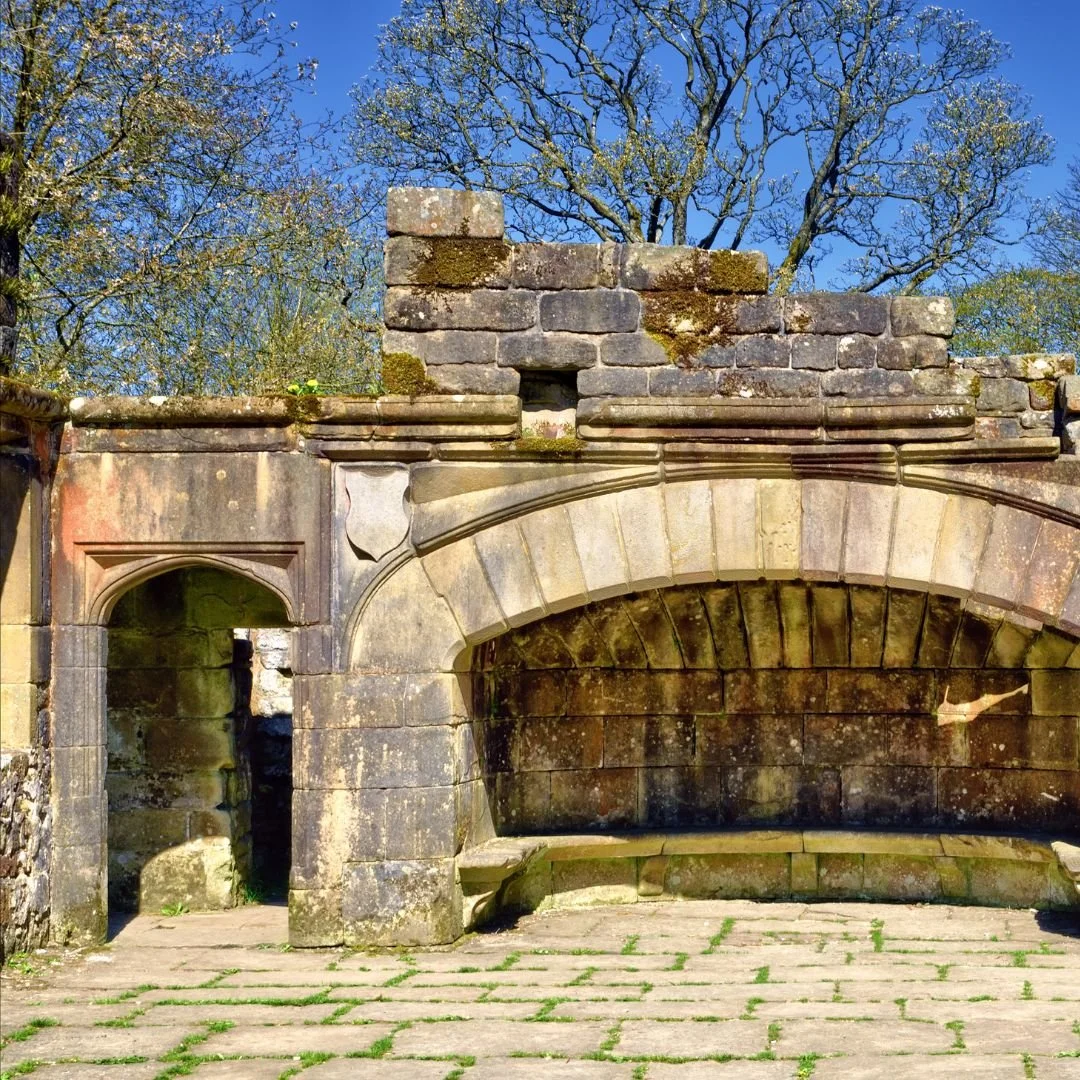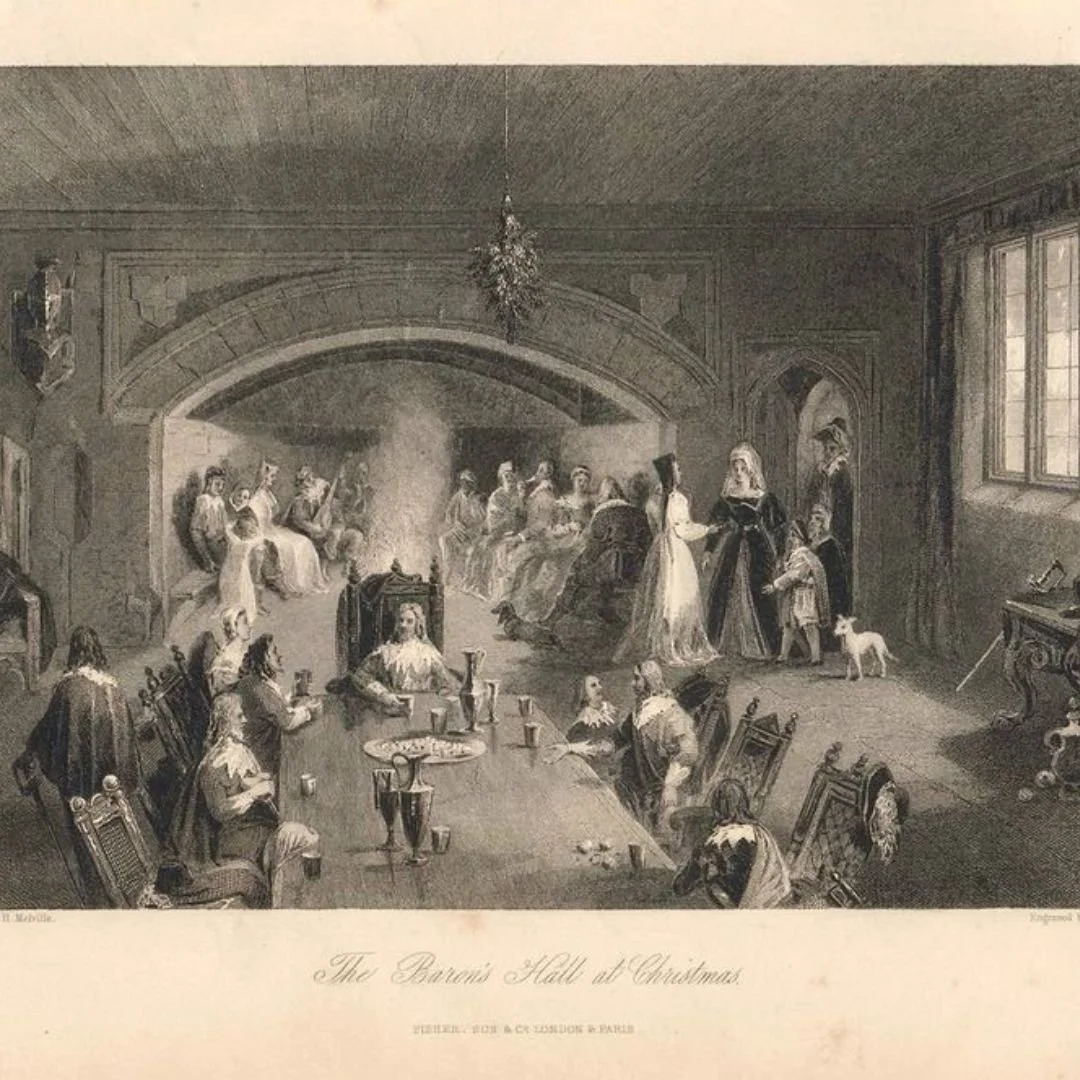Three Historic Bridges in Wycoller, Lancashire
Wycoller in Lancaster is well-known for its three ancient bridges, including this incredible 800-year-old packhorse bridge.
The little village of Wycoller features seven ancient bridges in total, which have stood over the beck for hundreds, if not thousands of years.
But three bridges in particular (packhorse, clapper and clam bridge) are of historic interest because of their great ages.
All three of these bridges are designated as Grade II* listed structures.
Finds of flint tools and axe heads at Wycoller indicate that there was a community here from as early as the Stone Age.
Arguably, the most photographed bridge in this beautiful village is the famous packhorse bridge, a two-arched structure spanning Wycoller beck.
It is sometimes called Sally’s Bridge after one of the Cunliffe family, who lived in the hall opposite the bridge in the 18th century.
Historians have argued about its age, none of them are certain, but it is thought to either date from the 13th century or the 15th.
The packhorse bridge (pictured below) has a somewhat precarious appearance - the arches are not equal to each other and the structure’s base-stone boulders are not level.
Although it looks scenic, when walking over the bridge, you must take care, owing to the smoothness of the paving slabs which have endured hundreds of years of use.
The coping stones along the sides of the bridge are also significant.
Some of the stones have faint cup-marks in them, indicating that they were brought down from a prehistoric site on the moors above Wycoller and used in the bridge’s construction!
Meanwhile, the Clapper Bridge, sometimes called the Druids’ Bridge, Weavers’ Bridge or the Hall Bridge, is just a short distance away.
This bridge (pictured below) consists of three flat gritstone slabs resting on two stone piers, one being a round-shaped boulder, the other a thinner pillar-shaped stone that looks quite fragile, but it is in fact very strong.
It was originally a two-slab bridge sup-ported on one central pier.
However, the bridge has succumbed to floods over the years and has had to be reconstructed a few times.
Its three slabs are heavily worn by hundreds of years of use.
The clapper bridge is thought to date from the 16th-17th century, though a few historians ‘think’ it might date from before the Norman conquest (Bentley, John, 1993).
The third Grade II listed bridge is the clam bridge (pictured below), located ¼ of a mile along the track that runs beside the beck in Wycoller Dene.
This ancient bridge is formed by one single gritstone slab which is some 12 feet long.
It rests at one end on the bank, while on the other side it is propped up on some large stones, but it is very secure even though it might look like it is about to fall into the beck.
At one time there was a wooden safety rail at one side and the holes for this can still be seen.
The clam bridge is ‘often’ said to date from the Bronze or Iron Age and to have originally stoop up-right on the moors to the north east (as a standing stone – menhir), but there again it probably only dates from the 15th or 16th century.
The long slender slab is well-worn and great care should be taken when crossing it. In the floods of 1989-90 the clam bridge was brought crashing down.
This lovely village is also home to Wycoller Hall, pictured above, a late sixteenth-century Manor House.
The hall was the centre of a sizeable estate but subsequently fell into disrepair. The ruins are now listed, and form part of Wycoller Country Park.
Wycoller Hall dates back to the end of the 16th century, and was built upon the site of a house occupied in 1507 by Piers Hartley.
By the 1590s, a substantial house had been built, probably sometime in the mid 16th century, replacing Piers' original dwelling.
The estate then came into the possession of the Cunliffe family, after the marriage of Pier's daughter Elizabeth to Nicholas Cunliffe in 1611.
Much of the hall survived into the late 19th century, though it was unoccupied and steadily crumbling, with considerable amounts of the stonework being removed for local buildings.
The entire village subsequently passed into the ownership of the local Water Board, but continued to decline.
A local conservation group, 'The Friends of Wycoller' was founded in 1948, and began a campaign to conserve the historic village.
Their work on the hall included the restoration of the fireplace in the 1950s.
The entire area was sold in 1973 to Lancashire County Council, which declared the entire village a conservation area, and designated the surrounding 350 acres (1.4 km2) as a Country Park.
The ruins of the hall were designated as a scheduled monument and are Grade II* listed.
An exhibition about the history of the hall, the village, and the surrounding area was established in the aisled barn close to the ruins.
Today, Wycoller County Park has excellent reviews on TripAdvisor.
A recent visitor said: “This is a beautiful park, with some stunning views and lovely Lancashire countryside.”
Another person added: “Beautiful place to go with amazing sights and a lovely shop for snacks and a warm drink.
”There are also different little trails and bridges to go over and plenty of ducks to feed. I recommend this to anyone who fancies going out for the day to be in touch with nature.”
There is also a Craft Centre with Victorian tearoom and gift shop in the village.
It’s a wonderfull place to visit - and we’d highly recommend a day out here!
If you enjoyed this blog post, please follow Exploring GB on Facebook for daily travel content and inspiration.
Don’t forget to check out our latest blog posts below!
Thank you for supporting Exploring GB.















